The Isle of Wight, is the largest and second most populous island of England. It is located in the English Channel, about 4 mi (6 km) off the coast of Hampshire and is separated from mainland Great Britain. The Isle of Wight coastal path is 67 miles (108 kilometres) long and has 2075m of vertical ascent and descent. The island has several resorts which have been holiday destinations since Victorian times.
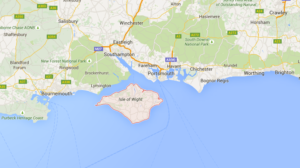
The better weather and the beauty of this island have attracted people since Roman times and even led Britain’s longest ruling Monarch Queen Victoria to have her home Osborne House built here where she lived for over half a century.
Regular ferries operate to the island from Portsmouth, Southampton and Lymington. Distance to France is hardly 60 to 65 miles from here. It’s indeed such a beautiful island and one could simply mesmerized by the breath taking blue water and the large stretches of Greenland across the island.
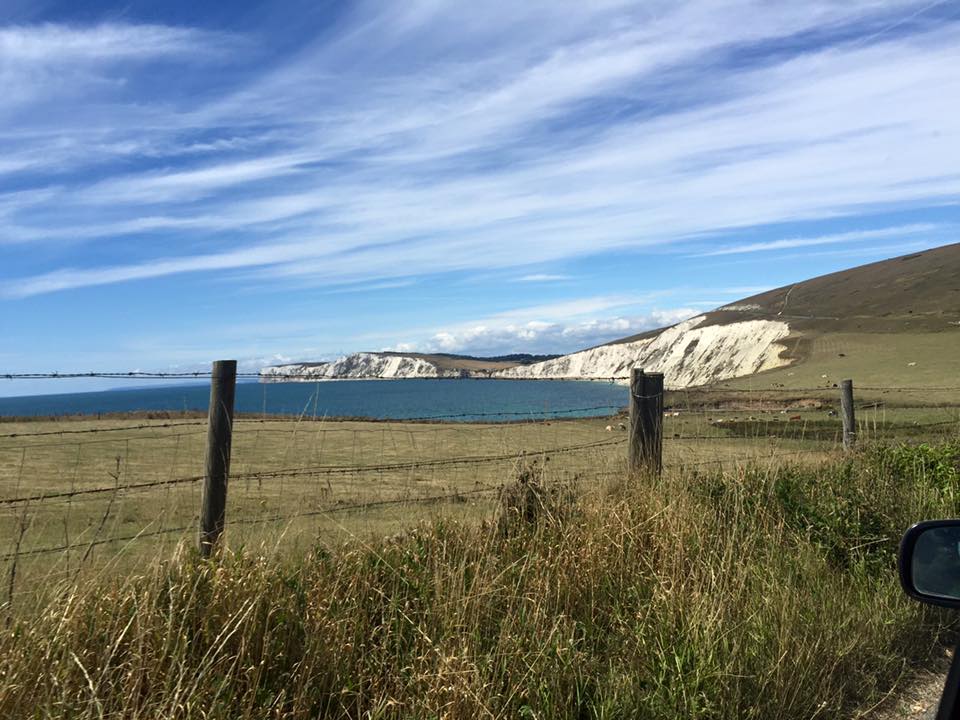
How to reach there?
To get to Isle of Wight travel by train (bus or car) to Portsmouth Harbour, Southampton Central or Lymington Pier. Then board the ferry. Since it is an island you need to get across the sea in a ferry. Ferry is nothing but a huge ship vessel which carries vehicles and passengers across a distance in water. Our ferry had three levels for parking and two floors for passengers; which had a restaurant and a deck.
Where to stay?
There are excellent accommodation facilities on the island especially in the villages such as Niton, Rookley, Godshill or near to the beaches such as Sandown or the Shanklin. Here you can even book cottages which are quite well catered and at quite a reasonable price. If you go in a group of 4-5 people booking a cottage is a good idea.
Places to visit
This island is also famous for Dinosaurs! The name ‘Dinosaur Isle’ has been often attributed to the Isle of Wight as well as over 20 species of dinosaur have been recognised and complete skeletons found. It is one of the important places in Europe where dinosaur fossils were found. There are many dinosaur themed parks and a museum where they have kept the fossils and footprints which were found on the rocks in some parts of the island. However, that’s not it; the island is famous for its thatched roof houses, hovercrafts, different colored sand beaches and much more.
Beaches at Isle of Wight
One day should be spent on the nice beaches here which are clean first of all and I don’t know about summers but it wasn’t particularly crowded so in a way it is peaceful out there. There are sand beaches near Sandown which are particularly fun and you have all the facilities nearby so it’s a beach where you can spend most of the time. You could then go to Needles Park which is particularly on the opposite side of the island but here there’s a chairlift which gives you a ride down to the beach from the cliff top and you get a spectacular view of the needles point and the sea ahead. The beach down here is full of pebbles and you can spend most of the time especially afternoons. There are speed boats and slow boat rides but I won’t say there are worth.
There are lots of options you could explore on the island. You get nice souvenirs in the Needles Park here and hours could be spent in the market. But, again yeah one more thing if you don’t have your own car, getting across places could get a bit difficult though there are buses which ply throughout the island.
Ventnor is located just down the coast from Sandown. The main attraction of this town would be the Ventnor Botanic Garden which are greatly aided by the unique weather that the Isle of Wight enjoys. The town also has its own beach that tends to be quieter than the beaches of Sandown and Shanklin.
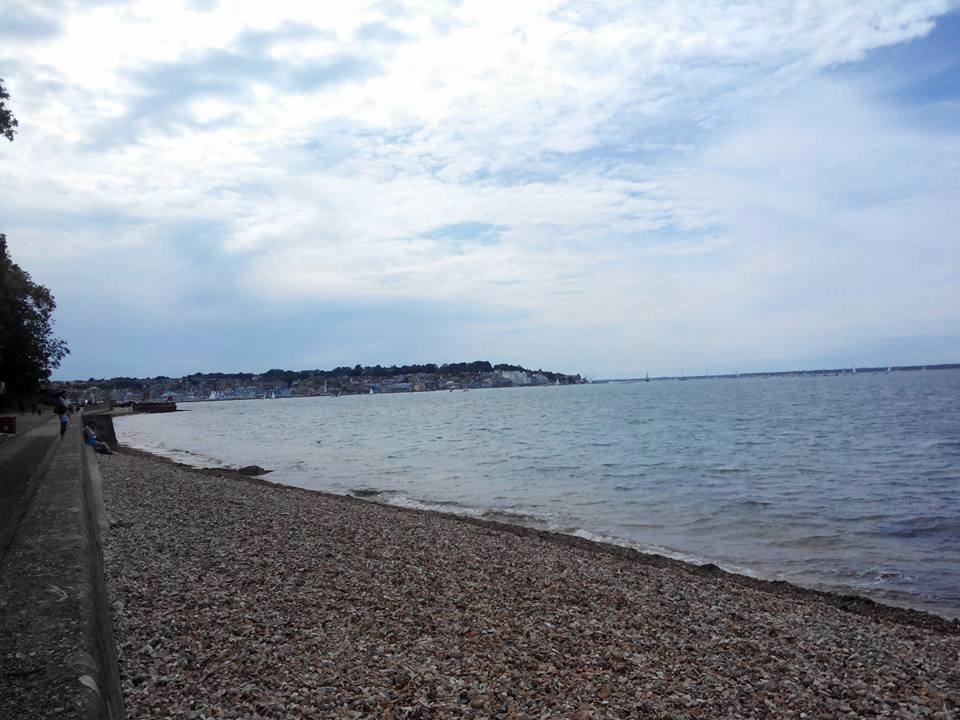
Godshill village
One more thing here which needs a particular mention here is the Godshill village and the model Godshill village right in the middle of the village. Yes that’s right! There’s a model of the actual village which has been scaled and detailed very minutely and accurately. They have made the whole replica of the village and some parts of the island in the form of a small model. This is sure fun and one can really admire the work of art which has been done here.
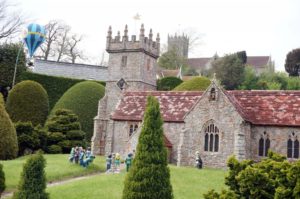
Famous The Needles – dramatic chalk stacks sticking out of the sea
Located on the western edge of the island is the headland known as The Needles. These comprise a trio of chalk stacks that stick out of the sea, and at the end include a lighthouse.
St.Catherine’s Lighthouse
The final stop was the St.Catherine’s Lighthouse which is situated near the foothills of Niton village. It’s one of the oldest and important lighthouses in Britain. The first lighthouse which was built dates back to the year 1323 which is almost 700 years old.
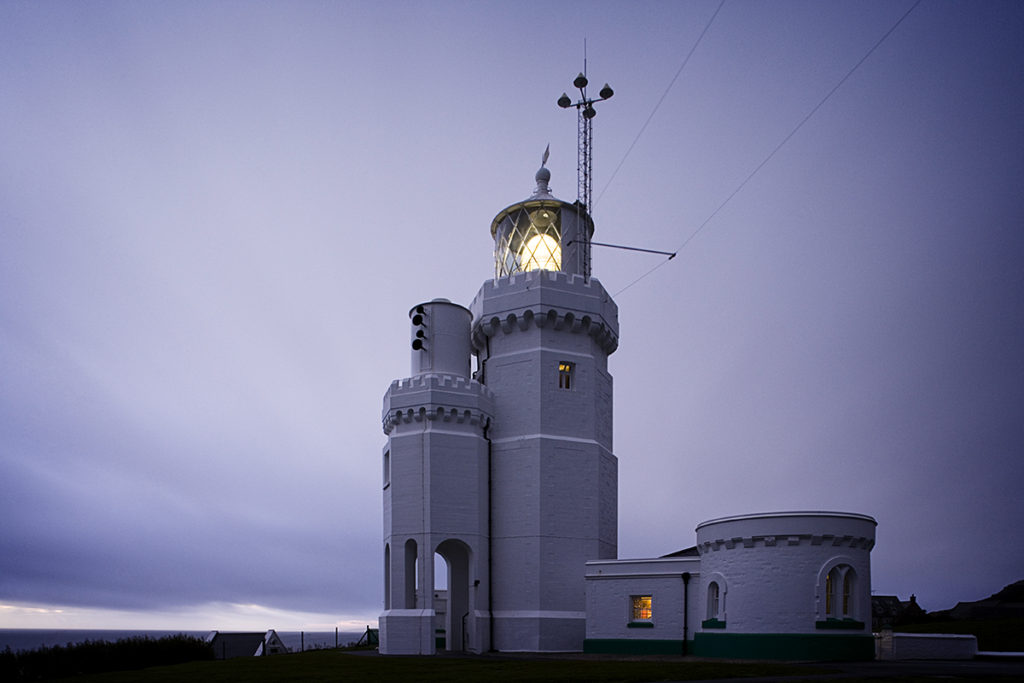
The area near to it has many rabbits and red squirrels which are quite rare and are found on this island.
Isle of Wight Steam Railway
Another must see attraction on the Isle of Wight is the Isle of Wight Steam Railway, which was resorted to its former glory in the 70s and offers a very pleasant ride through the unspoilt countryside.
Check about it at http://www.iwsteamrailway.co.uk/
Useful Info & Tips
Below is some website where you can find all required information if you are planning a trip to Isle of Wight.
- Isle of Wight
- Walking Britain– maps, walks, tips
